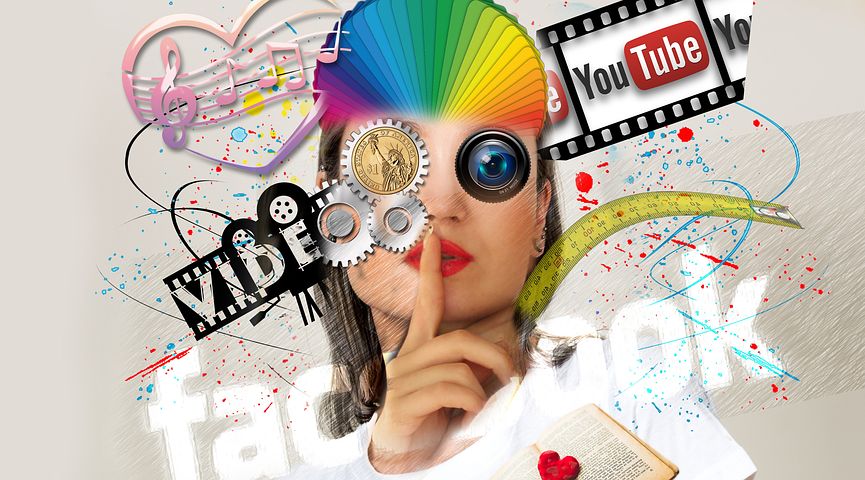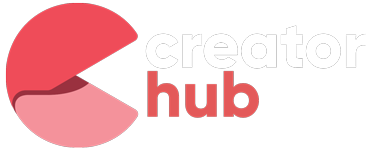
Influencer levels : From celebrities to chromo
Influencer levels can be categorized in various ways, including by their number of followers, the type of content they create, their level of influence, and their niche. It’s important to note that influencers who may appear to have lower levels of influence based on one metric may have more impact in a specific niche. For instance, mega-influencers and celebrities often lack expertise in a particular field, while micro and nano-influencers can have a considerable impact on their followers in a specialized niche. As a result, partnering with these smaller influencers can be beneficial for companies selling products that target a specific audience. Read along to know about influencer levels according to followers, content and personality.
Influencer levels based on the number of followers on social media
Influencer levels #1 Mega-influencers
are on the top tier and have over 1 million followers on at least one social platform. They are usually celebrities who have gained fame offline or online. Also, their services for influencer marketing can be costly, up to $1 million per post. Major brands usually approach them for collaborations, and they often have agents to handle their deals.
Influencer levels #2 Macro-influencers
These have followers in the range of 500,000 to 1 million. Also, they can be more accessible for brands engaging in influencer marketing. They can be B-grade celebrities or successful online experts and have a high profile. Thus making it easier for brands to find a macro-influencer to work with. However, some macro-influencers engage in influencer fraud, so brands need to be careful.
Influencer levels #3 Micro-influencers
have between 10,000 and 50,000 followers on a single social platform and have built up a specialist following in a particular niche. They are picky about with whom they work, and brands need to align with their target audiences to maintain their relationship with their fans. They are becoming more common and famous, particularly among Generation Z, who spend more time on the internet than traditional media.
Nano-influencers
The newest type of influencer and have a small number of followers, often fewer than 1,000. However, experts in an obscure or highly specialized field. They can be essential to firms that make specialized and niche products. Moreover, for most brands, they lack sufficient influence to be of much use. Brands would need to work with hundreds of nano-influencers to reach a broad audience in most niches. However, the majority of campaign power comes from influencers with a smaller following, higher engagement, and developed relationships with their audience. Thus making micro-influencers the influencers of the future.
Influencer levels by Types of Content
The majority of influencer marketing occurs through social media and blogging, with micro-influencers being the dominant force. However, YouTubers are quickly becoming more important due to the growing interest in video content.
Bloggers and micro-influencers
They have the most authentic and active relationships with their followers, and brands are now recognizing and encouraging this. Successful blogs have gained significant followings in specific sectors, such as personal development, finance, health, childrearing, music, and more. Guest posting on popular blogs or buying sponsored posts on large and influential blogs are also options for brands to consider.
YouTubers
They are another popular type of content creator, with most of them creating channels on YouTube. Also, YouTube has become one of the most popular social media platforms for influencers. Especially for those who prefer video content. YouTubers can build a loyal following by creating engaging, informative, and entertaining videos on a wide range of topics. These range from beauty and fashion to gaming and cooking. Many successful YouTubers have turned their channels into full-time careers. Also, partnering with brands and generating significant income through ads, sponsorships, and merchandise sales. As a result, YouTube has become a highly competitive space. Consequently, it has millions of channels vying for viewers’ attention.
Podcasters
Podcasting has become increasingly popular in recent years. So, podcasters are quickly becoming some of the most influential people in the media industry. Podcasters use their voices to share their thoughts, expertise, and opinions on a wide range of topics. These range from news and politics to entertainment and lifestyle. They have built loyal followings by providing engaging and informative content that people can listen to on the go. So, their influence is only set to grow as more people discover the joys of podcasting.
Social media is the most prominent platform for influencers, with Instagram being the standout network in recent years. Many influencers create posts around striking images, making them micro-influencers as well.
Influencer levels on Types
Celebrities
Celebrities were the first influencers, and they still have some influence today, particularly for high-end brands. However, there are only a limited number of traditional celebrities willing to participate in influencer campaigns. Also, they can be expensive. Moreover, they may lack credibility with a product’s target audience.
Key Opinion Leaders
Industry experts and thought leaders, such as journalists, academics, and professional advisors, can be valuable influencers for brands. They gain respect due to their qualifications, position, or experience in their area of expertise. However, some may have built their reputation offline and may not have a large or active social following.
Working with key opinion leaders may involve quoting them in blog posts or social media campaigns. Also, even getting them to write positive articles about a company for free. The line between traditional media and social media is becoming increasingly blurred.
Chromo-Influencer
These individuals have gained their reputation as experts in their niche through their online activity. These include social media posts, blog writing, podcasts, and YouTube videos. PMYB, a British agency, has trademarked this term to refer to their highest-performing influencers. The term is based on 46 crucial factors that impact consumer behavior. These influencers have exceptional communication skills and engagement with their audience. Thus making them recognized experts in their field. While their follower numbers vary depending on their area of expertise, they often have a significantly higher following than others.
